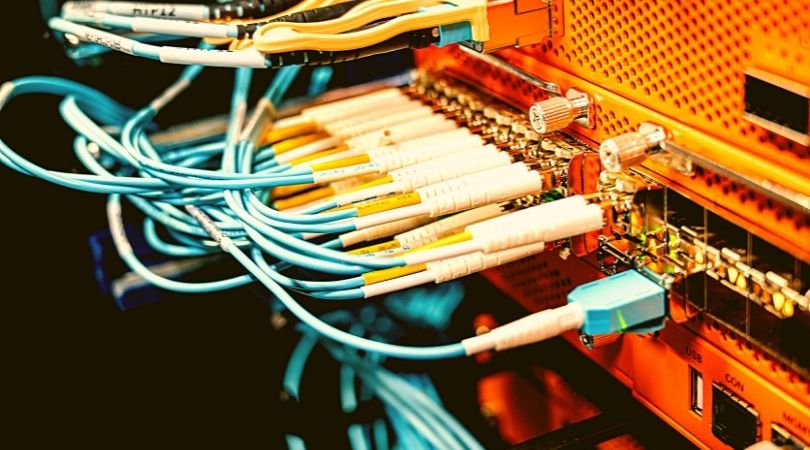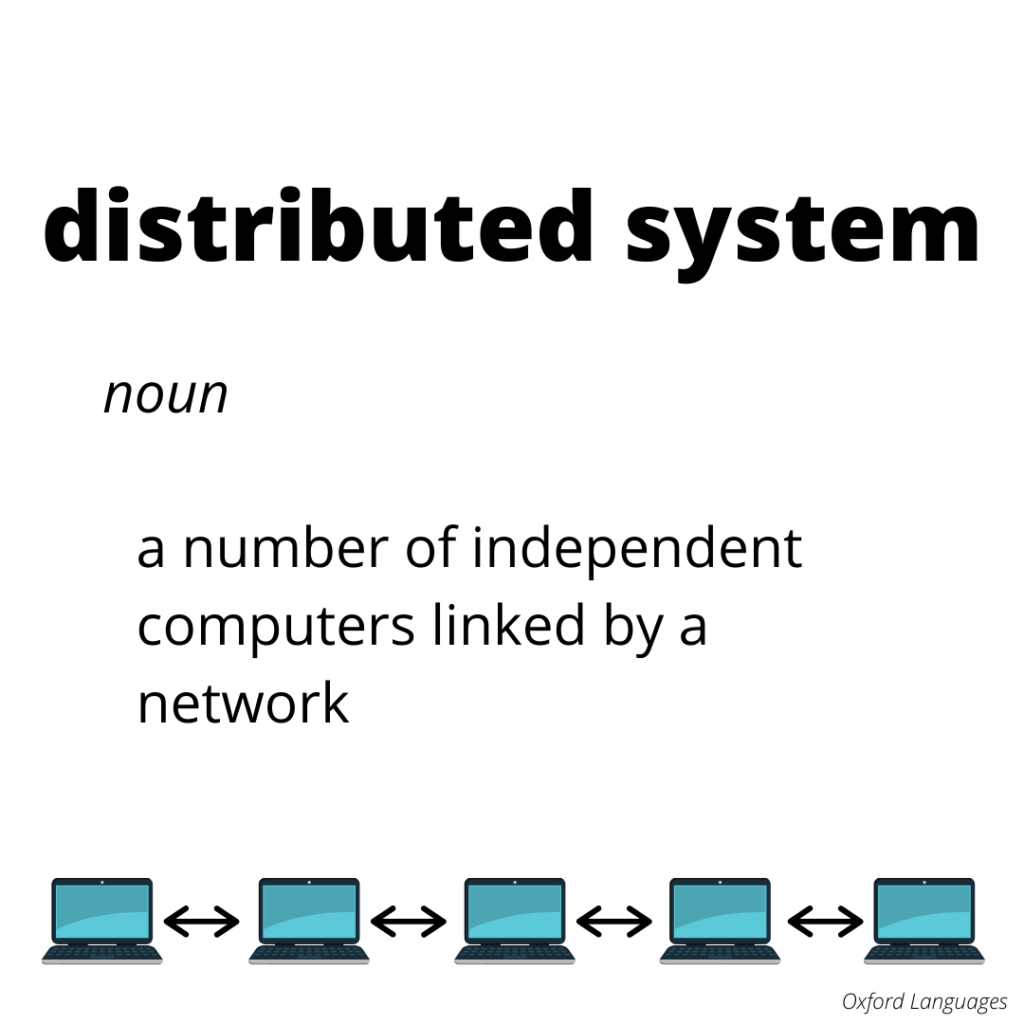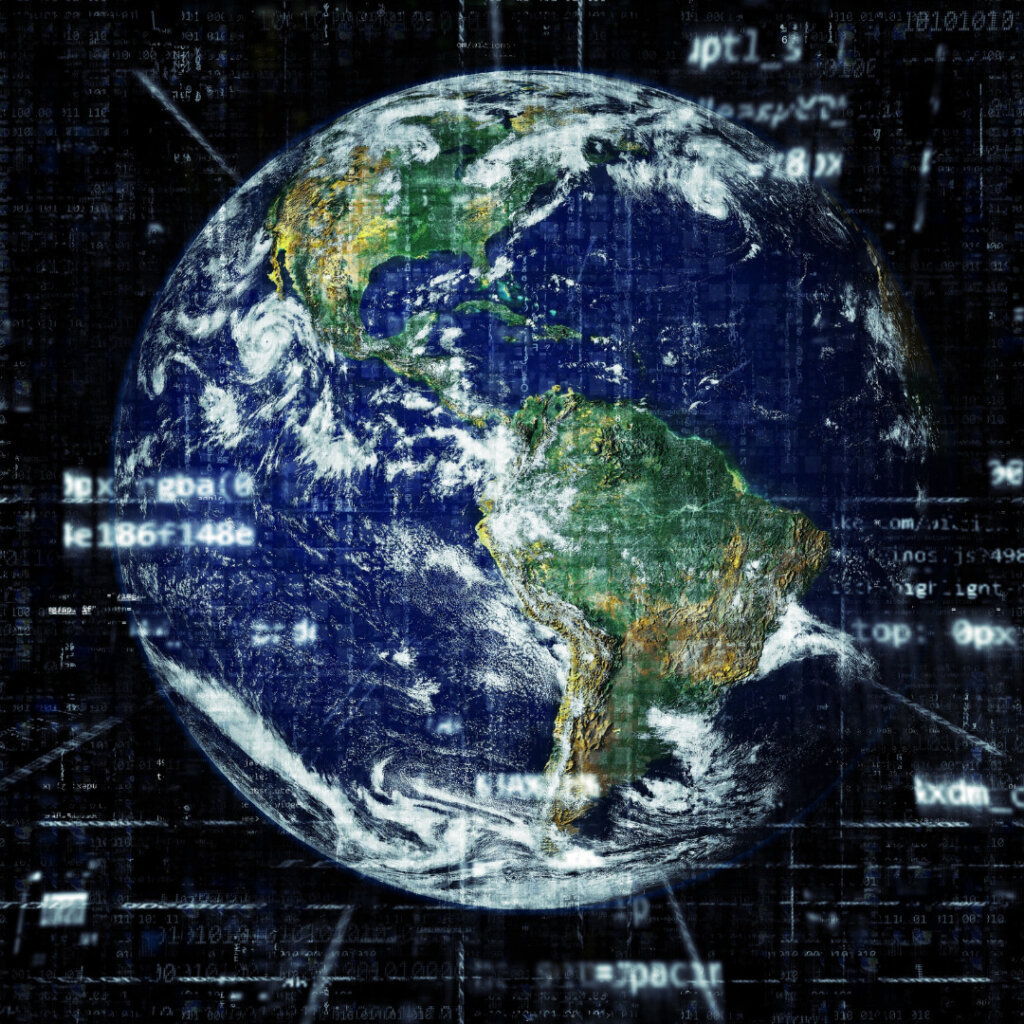The Reasons Why Distributed Systems Are Powerful Tools
Distributed systems are everywhere. Every time we watch a movie on-demand, shop online, order a taxi through our mobile phone or search for something on the internet, we communicate with a distributed system hidden from us by a web page or an app. Well-known companies running digital businesses have scalable distributed systems in order to […]
Industry Trends

Distributed systems are everywhere. Every time we watch a movie on-demand, shop online, order a taxi through our mobile phone or search for something on the internet, we communicate with a distributed system hidden from us by a web page or an app.

Well-known companies running digital businesses have scalable distributed systems in order to handle millions of customers and petabytes of data on a daily basis. Their systems allow them to provide a consistent user experience.
Centralized Systems can be problematic
Centralized systems can struggle with vertical scaling problems that come from bottlenecks in constantly increasing performance, limited memory, and storage. The most powerful and reliable single machine can cease to work if there is a single point of failure. Even required maintenance or a simple reboot can cause the entire service to go down — and result in lost income and broken customer trust. Another problem is the poor user experience. With requests coming from all over the globe, the distance from the centralized systems causes latency.
Distributed Systems evolved as a response to these issues
As with most things, a distributed system can have a good or bad design. A well-designed system doesn’t flaunt its own complexity, but rather it works as a single machine. In short, the complexity lies in the simplicity of functionality.
A distributed system is a system of several processes running on different computers that communicate and coordinate their actions by messaging through the network, sharing a state, or working together to achieve a common goal.
Applications running on the operating system of a machine are isolated from each other but share the same computer’s resources. If we put each process on a separate machine, those processes completely decouple from each other. By adding or reducing the number of computers, we accord horizontal scalability. This allows the system to grow and shrink on demand and provide the resources a business needs to maximize cost-efficiency.

Even if some machines become unavailable or break down, the others will keep functioning, all the systems will remain available, and the tasks will continue to be performed. The ability to place a specific part of the global service closer to the customer improves user experience and the physical separation and isolation of sensitive user information minimize security risks.
Though a well-made distributed system functions as a single application, it’s not easy to design and develop. Distributed systems are one of the most exciting topics in computer science. Creating them requires skilled and highly professional engineers, long-time experience in software design, development, testing and delivery, best practices, and efficient management solutions. In short, everything we are proud we do at Swan Software Solutions.
To find out how a custom solution could help your company function better, contact us for a free assessment.




